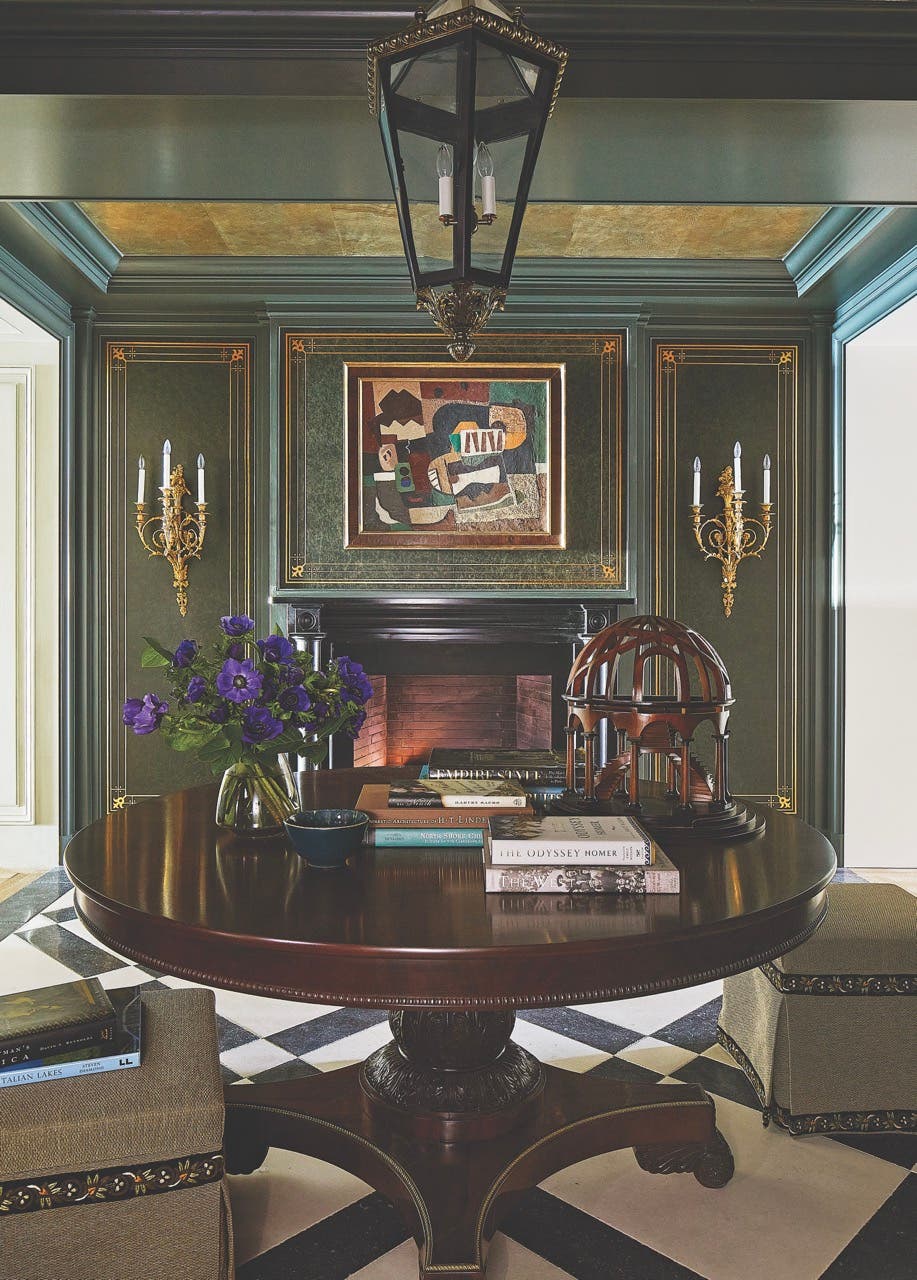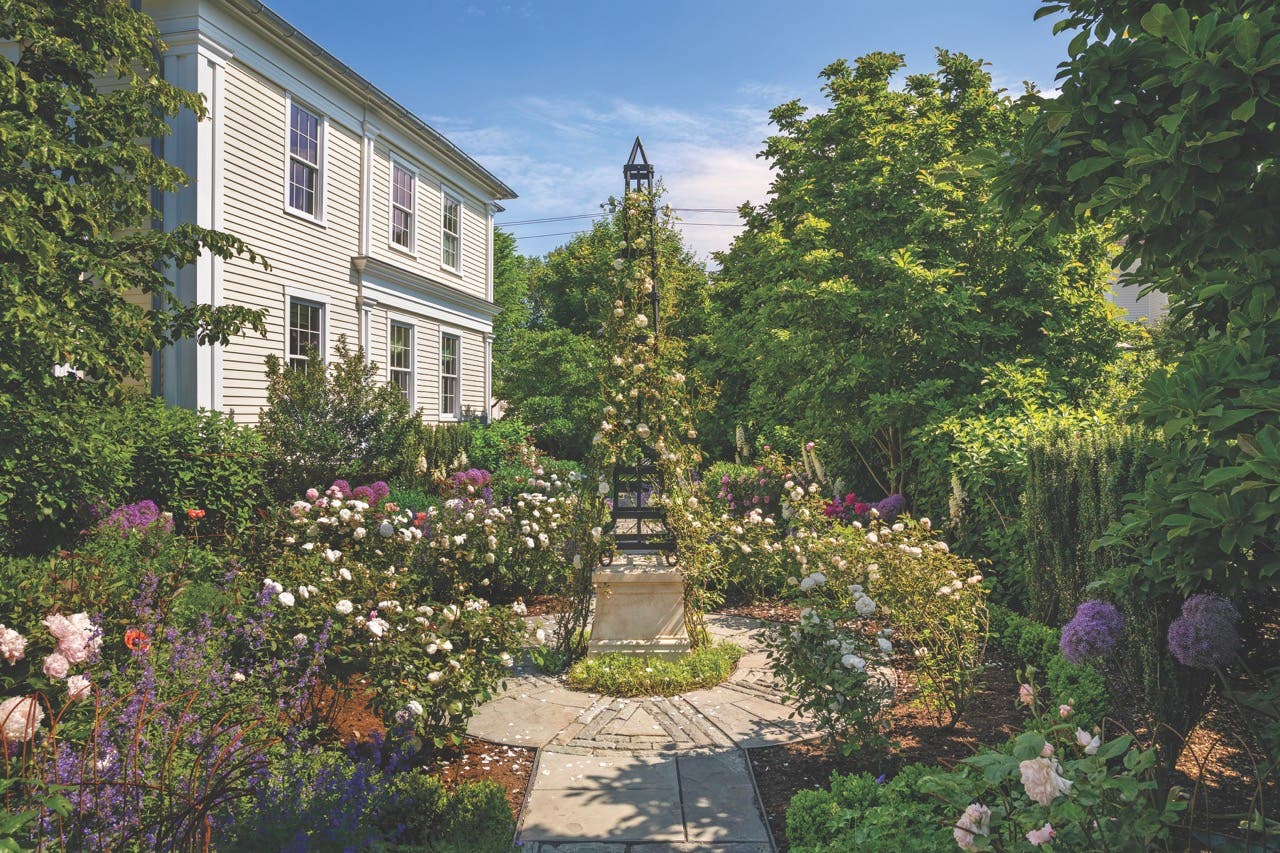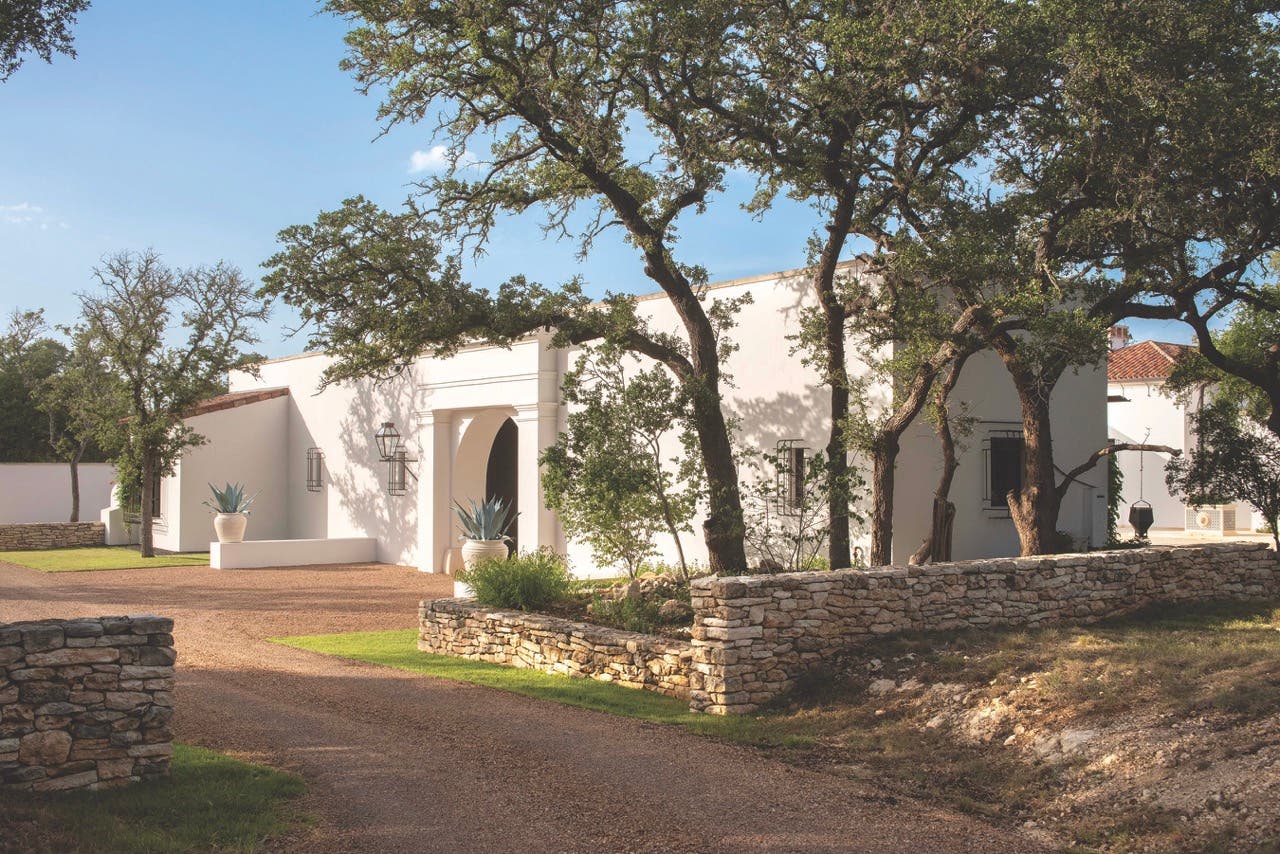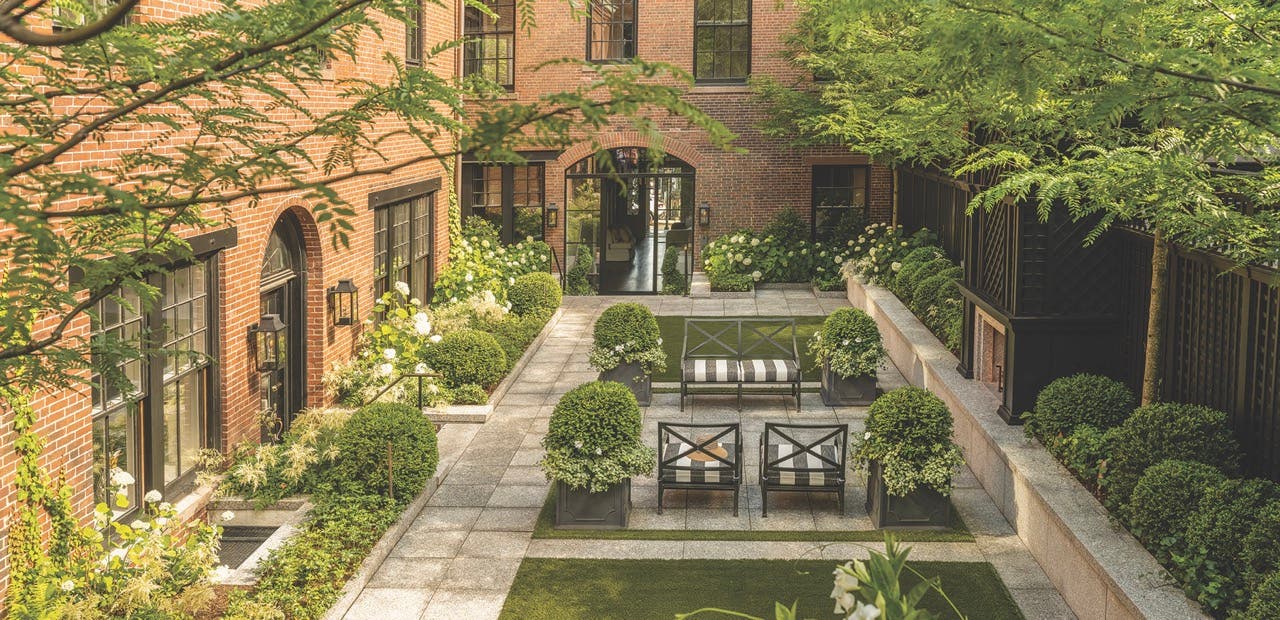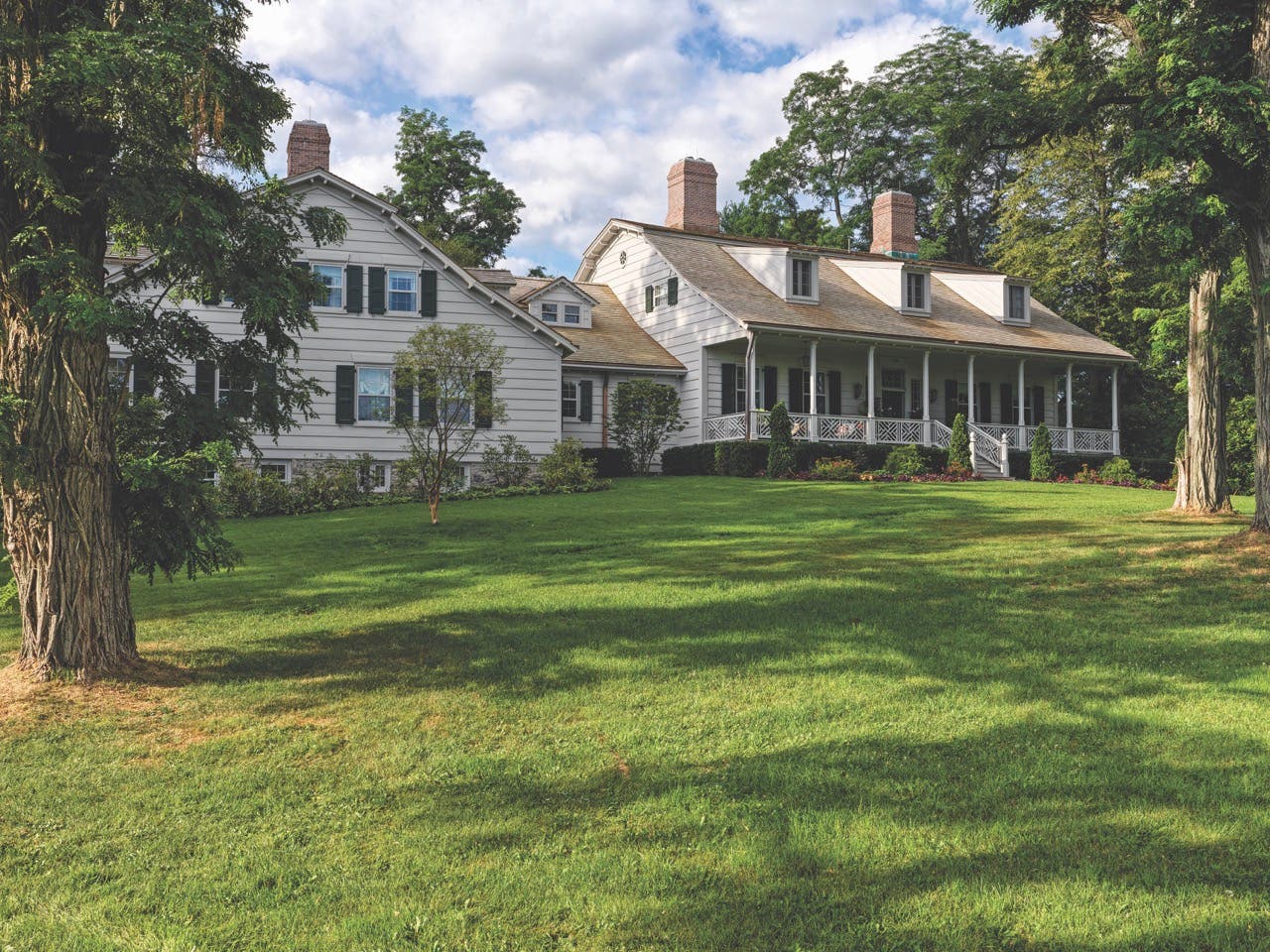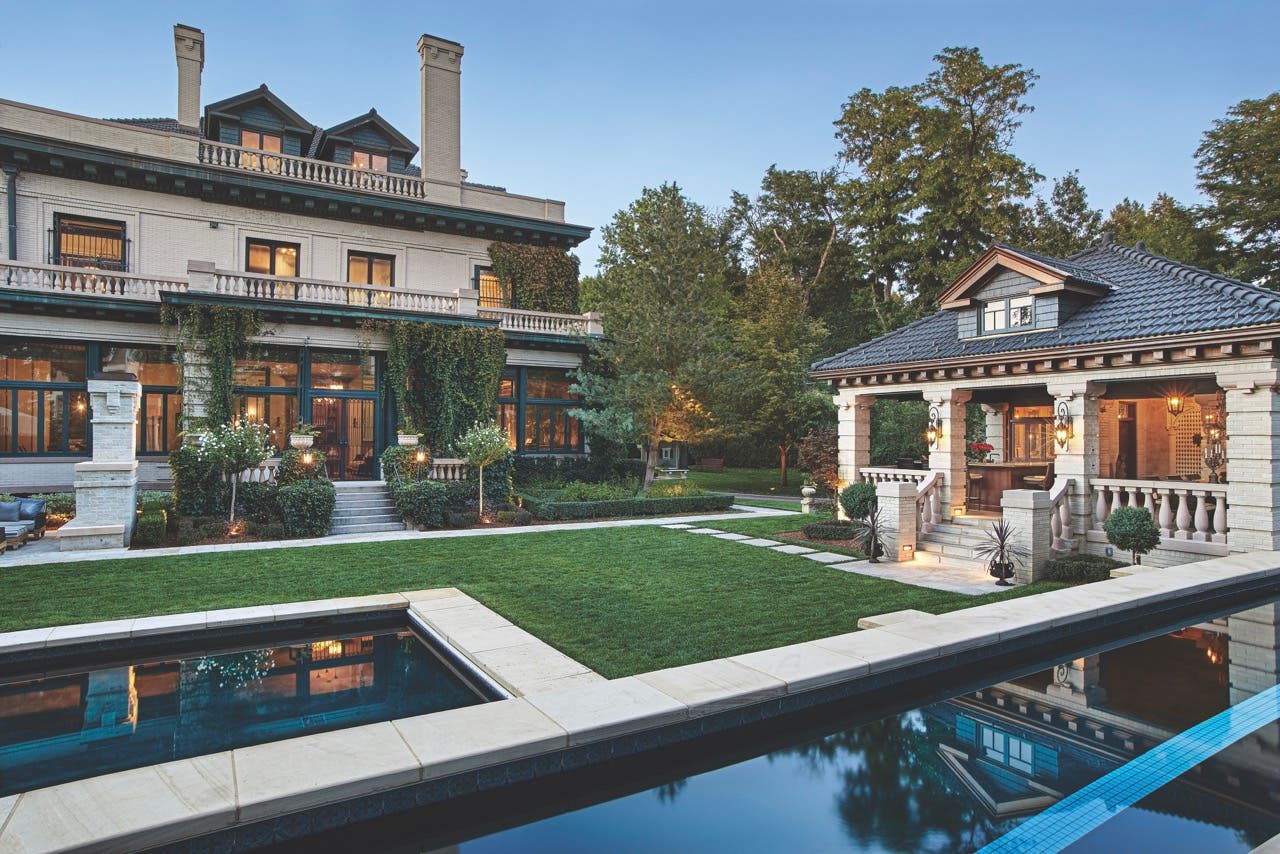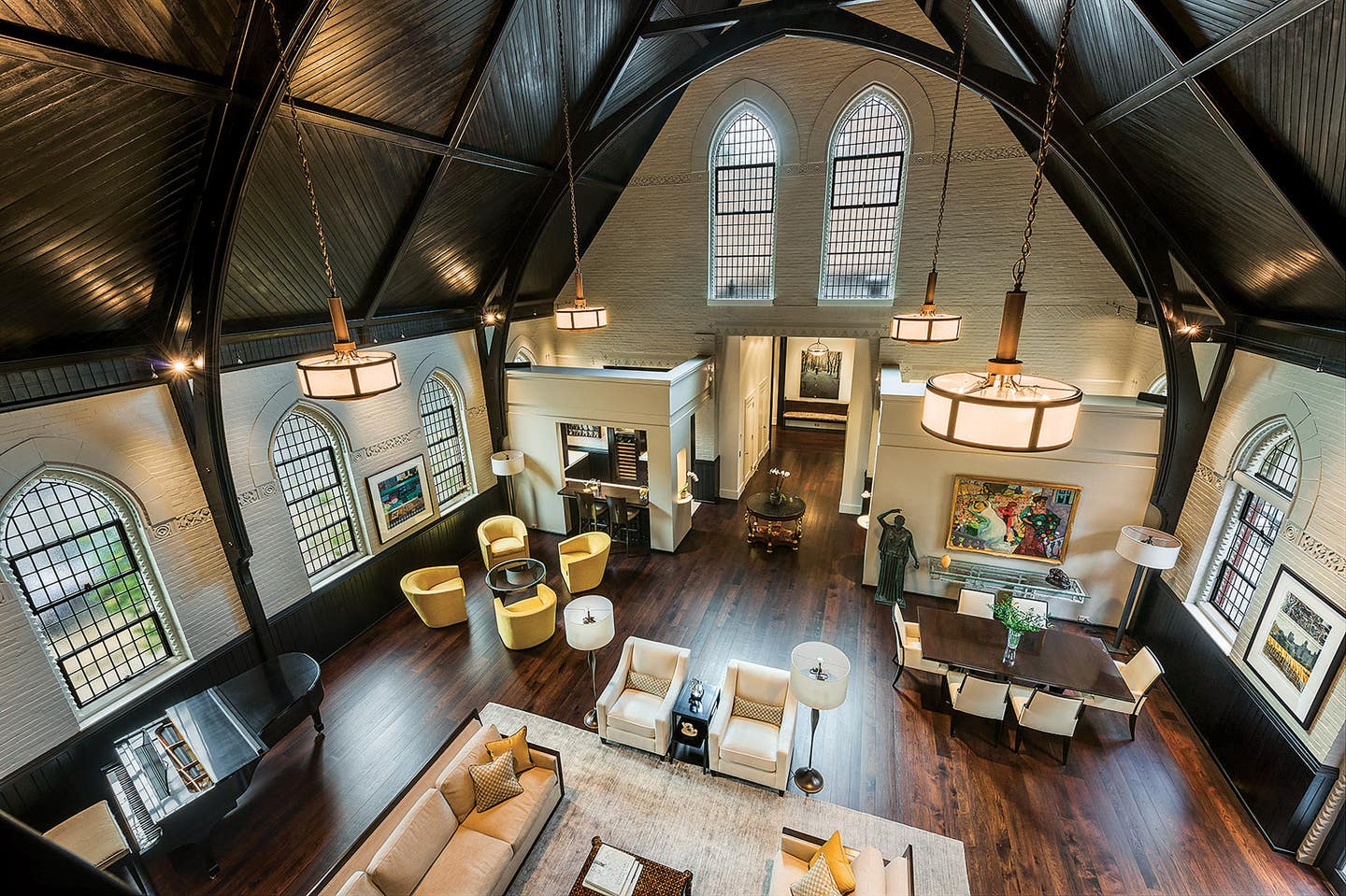
Palladio Awards
John Milner Architects: Gothic Revival Chapel Residence
Project: John Milner Architects
Architect: Gothic Revival Chapel Residence
For nearly 150 years, the Gothic Revival chapel in Philadelphia’s Rittenhouse Square had served as a house of worship.
Congregations had come and gone, finances had waxed and waned, yet the resilient red-brick church, which resides in a row of 19th-century rowhouses, had always remained a sanctuary.
When the 4,800-square-foot building was finally put on the market in 2013, several developers with plans to divide it into contemporary condos put in their bids.
Then, as if by divine intervention, it was sold to a couple who commissioned John Milner Architects of Chadds Ford, Pennsylvania, to adapt it into their residence.
Designed by architect James Peacock Sims, the chapel, which is on the Philadelphia Register of Historic Places, was built between 1876 and 1880. It was expanded in 1892 by Frank Furness, the architect of the University of Pennsylvania Library, the Pennsylvania Academy of Fine Arts, and the First Unitarian Church of Philadelphia.
“The clients, who are artistically and design-minded, gave us their broad vision of how they thought it could become their home,” says architect Christina Carter, AIA, who was the project manager. “They were very involved in the whole process; it was a collaboration.”
Although the firm’s team had adapted several other kinds of buildings for residential use, this was the first time they had had an opportunity to convert a chapel.
“Our guiding principle was to preserve the building’s distinctive exterior and interior architectural character while carefully introducing key elements in support of its transition to a contemporary, single-family use,” Carter says. “We treated the things we were adding in a streamlined aesthetic.”
The exterior facades, including the Gothic Revival windows and door openings, patterned brickwork, decorative wood detailing, and slate roof, were restored. New custom dark-stained mahogany doors were added at the original front entrance, and a matching one-car carriage door was inserted into the original building.
“We placed the garage in a discreet portion of one of the later additions that had already been modified several times and contained the church’s restrooms and nursery,” Carter says. “It was the biggest change to the exterior. We got lucky because there was only one spot it could go, which was at one end of the building and that was set back from the entrance and the neighboring wall.”
At the rear of the chapel, a new one-story glass pavilion was added on axis with the front entrance to create a dining area and to connect the kitchen with the private garden, an oasis from the urban surroundings.
The mechanical systems, which had been in a prominent place on the roof, were replaced with new equipment that was installed in a remote niche at the rear of the building out of public view.
Renovating the interior involved removing many of the ecclesiastical and institutional features, including pews and multiple-stall bathrooms.
The original entrance and small entry vestibule were retained, but the width of the narthex was reduced to create an entrance corridor that includes a powder room and coat closet.
The large nave, which has 30-foot ceilings, was reimagined as a great room that serves as a dramatic multi-use living space that includes areas for dining, seating, and entertaining.
The chancel was divided into a two-level library that includes a new stairway tucked behind bookcases that leads to its second floor and balcony.
A double-sided fireplace separates the library from the great room and anchors the glass railings of the balcony above.
“The front side of the fireplace is clad in very large custom concrete panels,” Carter says. “On the library side, it’s detailed with new and original woodwork that matches that of the library millwork.”
The original organ pipes, repainted and restored and flanking the library, are one of the key features of the space. “We removed the organ mechanism because the floor space was needed,” she says. “But the owners wanted to keep the pipes as a decorative element.”
The home’s bedrooms were placed in the original Sunday school building in the rear; the first-floor master suite has French doors that open to the garden.
“Unique projects like this don’t come along every day,” Carter says, adding that the finished home now breathes new life into an important Philadelphia landmark.
Key Suppliers
GENERAL CONTRACTOR Cherokee Construction
STRUCTURAL ENGINEER Larsen & Landis
MECHANICAL AND ELECTRICAL ENGINEER Alderson Engineering
LIGHTING DESIGN Crowell Design
LEADED GLASS Castle Studio Stained Glass
CUSTOM MILLWORK Boland Woodworking
FIREPLACE CONCRETE PANELS Majestic Concrete Design



